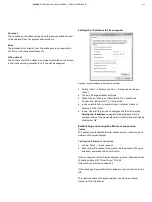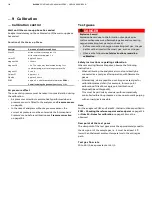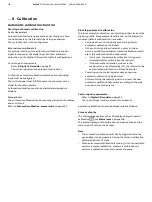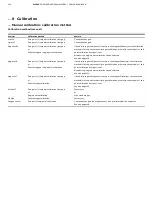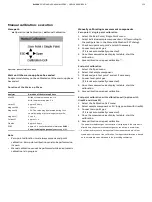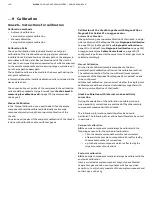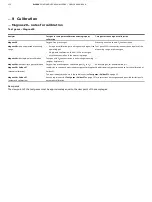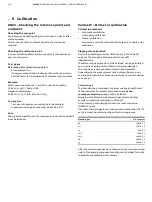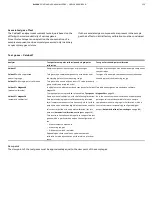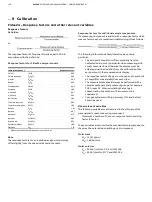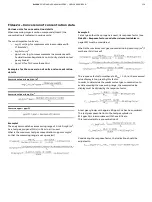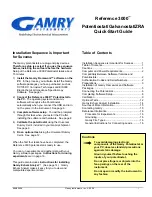
126
EL3000
CONTINUOUS GAS ANALYZERS | OI/EL3000-EN REV. D
… 9 Calibration
Uras26 – Instructions for calibration
Calibration methods
• Automatic calibration:
zero point/end-point calibration
• Manual calibration:
zero point/end-point calibration
Calibration Cells
The use of calibration cells (option) allows the end-point
calibration of the Uras26 without using test gas containers.
A calibration cell is installed in each beam path of the analyzer in
accordance with the order. Each calibration cell is filled with a
test gas, the composition and concentration of which is adapted
to the sample components and measuring ranges, which are set
up in the respective beam path.
The calibration cells are retracted into the beam path during the
end-point calibration.
Information about the installed calibration cells is included in the
device data sheet.
The concentration set points of the test gases in the calibration
cells should be checked at large intervals (see
measuring the calibration cell
once a year).
Manual Calibration
In the ‘Manual Calibration’ you need to select if each sample
component should be calibrated individually or all sample
components jointly during the zero point calibration of the
Uras26.
You also need to select if the end-point calibration of the Uras26
is done with calibration cells or with test gases.
Calibration of the Uras26 together with Magnos206 or
Magnos28 or Caldos27 or oxygen sensor
Automatic calibration
When performing a zero point calibration of the Uras26, a single-
point calibration of the Magnos206 (see
on page 130) or the Magnos28 (see
on page 134)
or oxygen sensor (see
configured) is performed at the same time. The test gas must be
selected accordingly.
Manual Calibration
For the Uras26 (infrared) sample components, the zero
point/end-point calibration is fixed as the calibration method.
The calibration method for the (non-infrared) measurement
component of the Magnos206 or Magnos28 or Caldos27 needs
to be configured.
With manual calibration, you can select whether the single-point
calibration should be carried out individually or together with
the zero-point calibration of the Uras26.
Uras26 calibration with internal cross-sensitivity
correction
During the calculation of the calibration, possible electronic
cross-sensitivity corrections are switched off by other sample
components measured with the Uras26.
The following information should therefore be noted in
particular: The following information should therefore be noted
in particular:
Zero-
point calibration
All
the sample components must always be calibrated in the
following sequence for the zero point calibration:
• First the sample component which is not corrected.
• afterwards the sample component which is affected by
the smallest number of corrections.
• up to the sample component which is affected by the
largest number of corrections.
End-
point calibration
All
the sample components must also always be calibrated in the
end-point calibration.
Here, a corrected sample component may only be calibrated
using a test gas contain no components which cause cross-
sensitivity, i.e. which only consists of the sample component and
an inert gas, such as N
2
.


